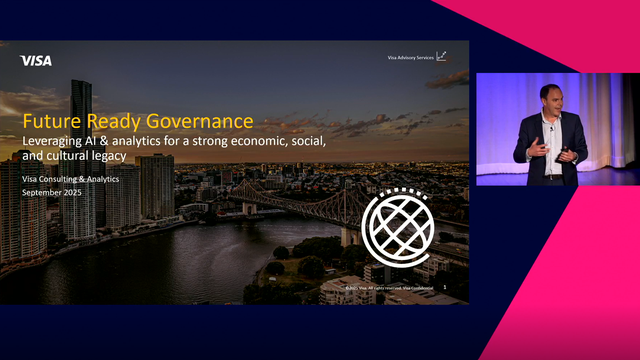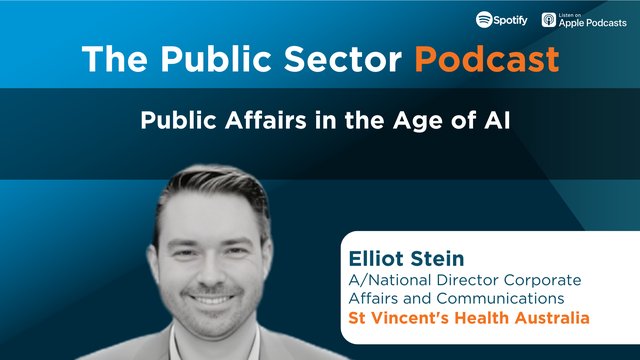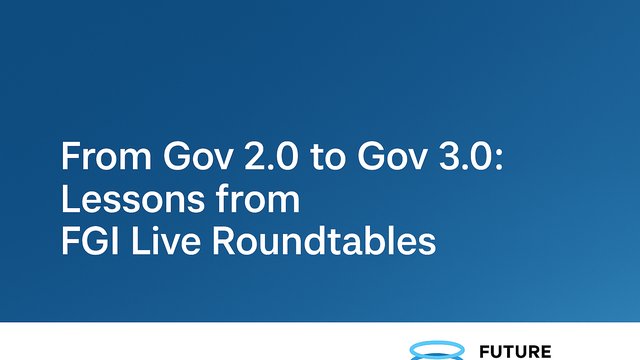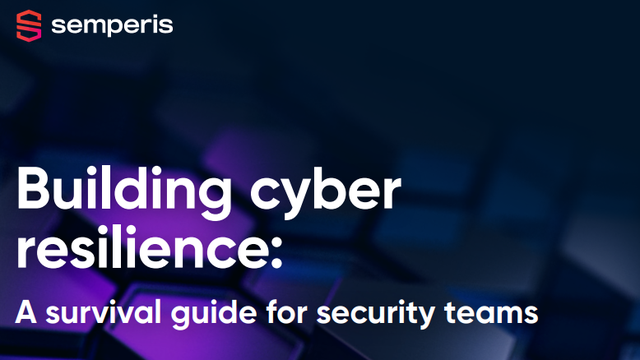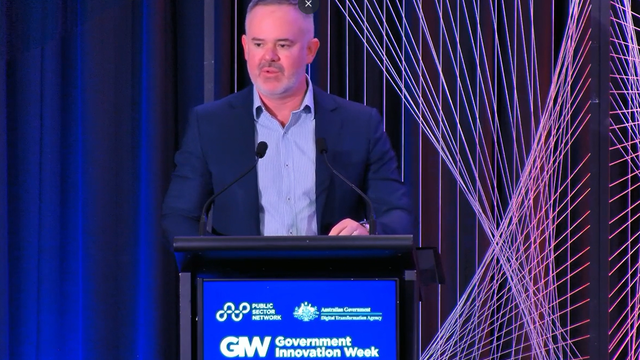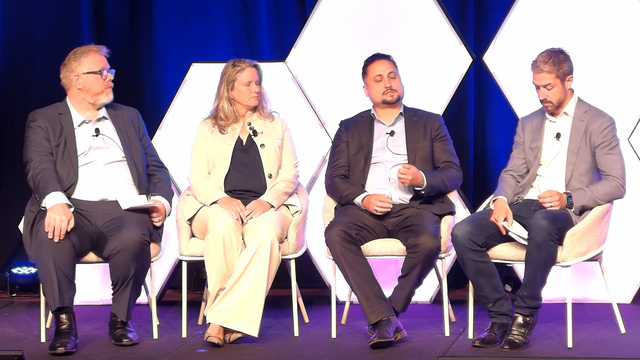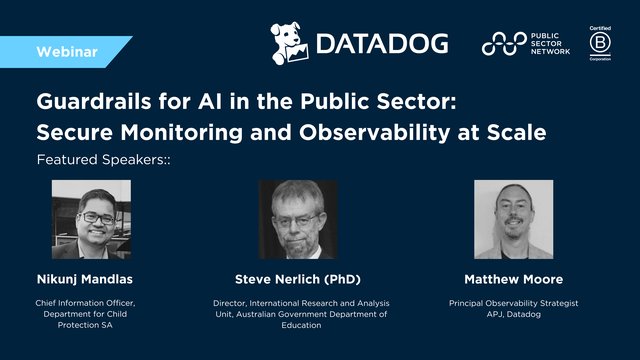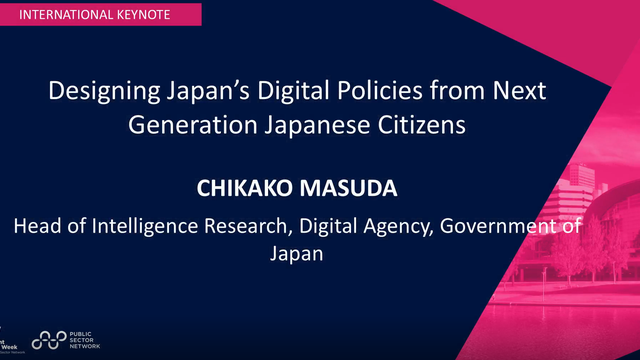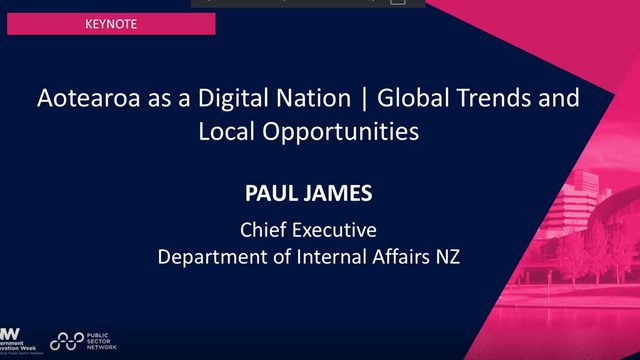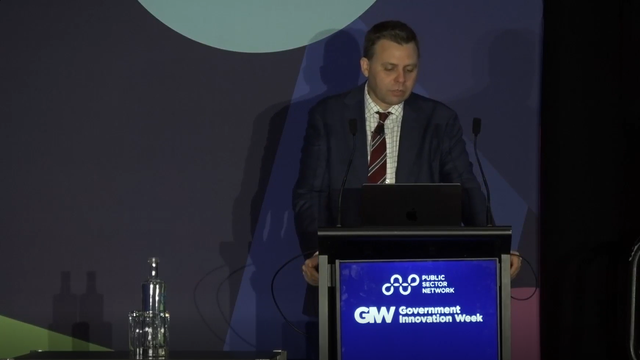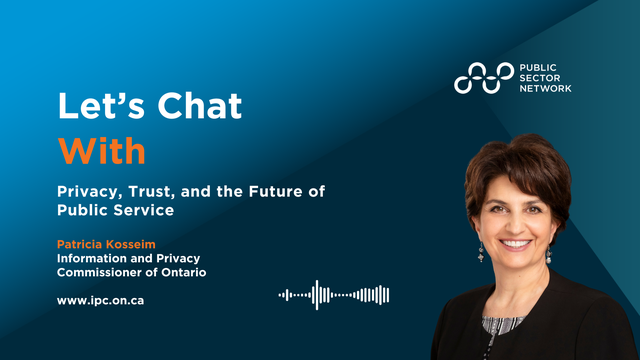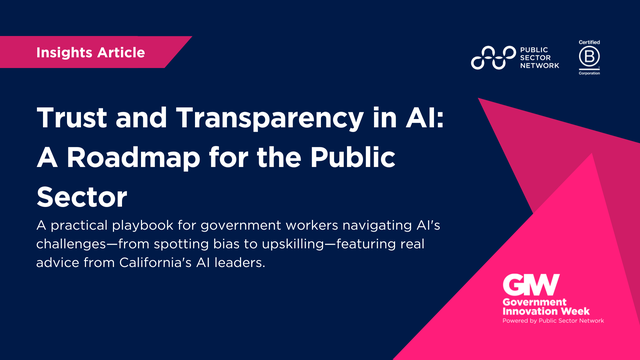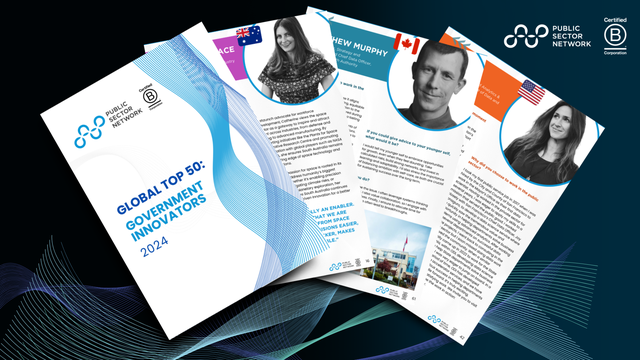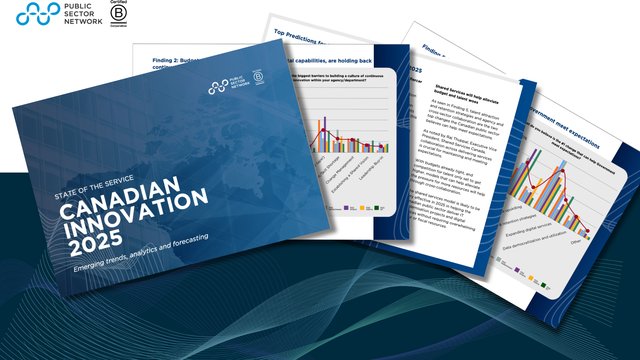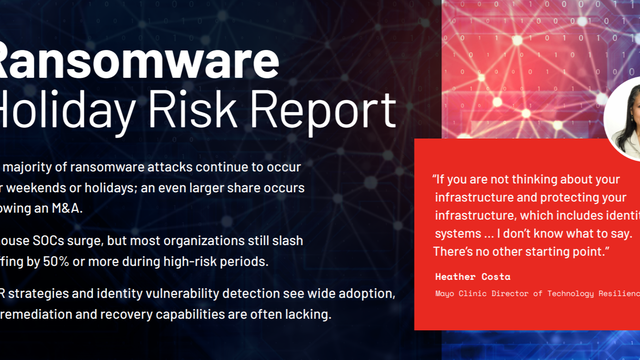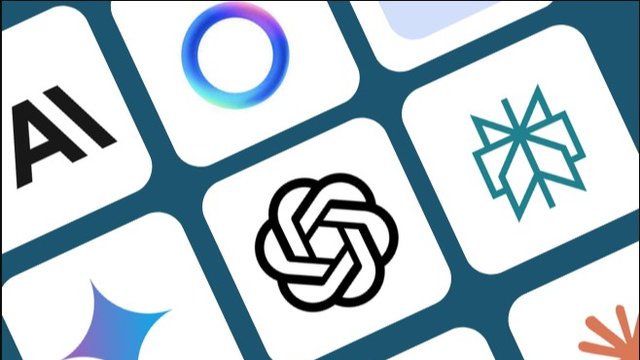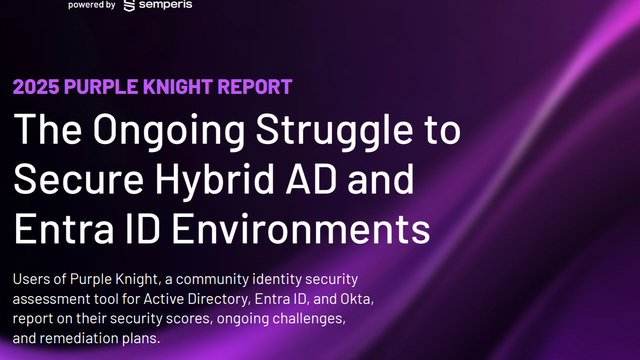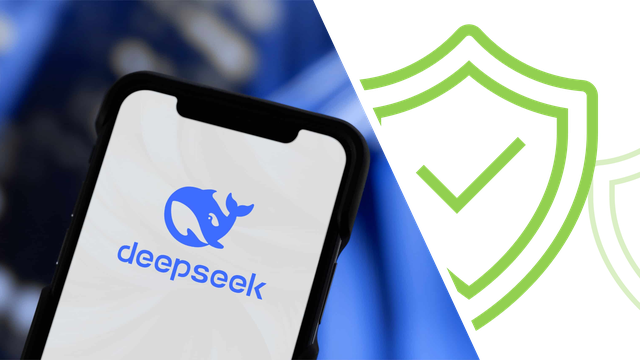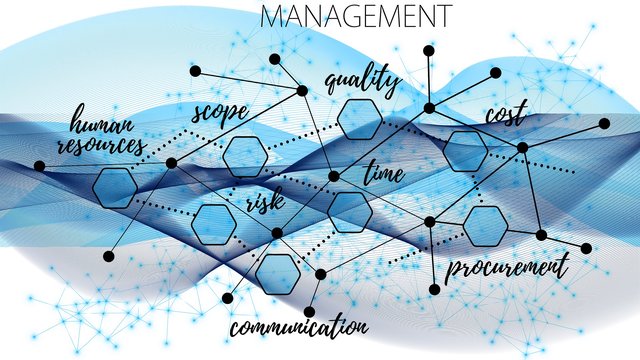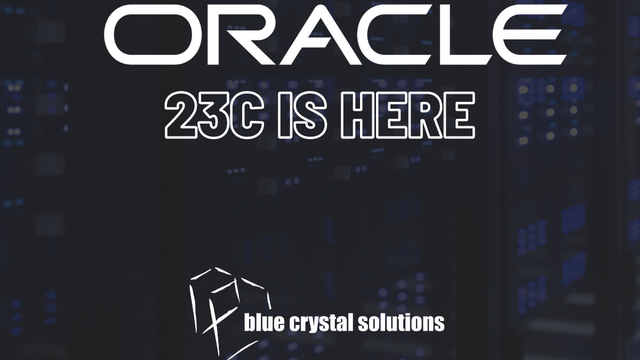

Overview
In a world that’s constantly evolving, how do you leverage the potential of emerging technologies in a safe and risk-managed way that delivers value?
For the Head to Health team, research and user behaviour had shown that people were struggling to find the right words to describe their mental health experiences, which acted as a blocker to connecting them with information they needed, when they needed it.
While the website had several different pathways to access information and resources, including traditional menu navigation, the guided quiz and emotion-based navigation, search was a pathway where AI could be utilised to deliver significant improvements.
Our team set out to experiment how we could use AI in a safe way, in an area as delicate as mental health, to overcome challenges relating to health literacy and accessibility, and connect people with support using natural, everyday language.
Improving health literacy with semantic search
Integral to the solution was moving from keyword (syntactic) search to semantic search. Keyword search relies on exact word or phrase matches, which makes it efficient when you know exactly what you’re looking for, but can be restrictive where people have limited health literacy – such as in mental health.
Semantic search, on the other hand, is smarter and more intuitive. It interprets the meaning and context behind queries instead of relying on exact word or phrase matching, enabling people to use language they’re comfortable and familiar with instead of medical or clinical terms, and still find the most relevant information for their search.
For example, in a keyword search if a person entered the term “depression” the results would be plentiful and include resources and information that mentioned that exact term, but if they searched “I’m feeling unhappy”, it wouldn’t yield the same results. Semantic search, however, understands that these terms are related and would return similar results related to depression.
Using AI in a safe and risk-managed way
For semantic search we used rapidly evolving open-source technology including Solr, Python and community-developed language models. We demonstrated how this technology could be leveraged in a safe way, with privacy and trust fundamental to the approach.
We used a locally hosted language model, meaning the language model is stored and used on the Head to Health platform and that no data leaves the website. This ensures user privacy and that no search data can be harvested by third parties. This approach also ensures safety and consistency. SaaS language models are regularly updated which can introduce risks, as these updates might change how the models behave. Instead, our locally hosted model is a snapshot that can be updated as part of intentionally designed and tested changes.
We also used Natural Language Processing (NLP) rather than generative AI. While the two are related, there are some clear distinctions between them. Generative AI is the ability to generate new content or data, including text, while NLP focuses on understanding and processing human language.
The language model is used only to classify, retrieve and rank existing content; no new content or data is generated. This way we avoid AI hallucinations, which is when a language model perceives patterns that are non-existent and creates nonsensical or inaccurate outputs, which can be especially harmful in sensitive areas. For example, the model may incorrectly classify content and present results that are safe but perhaps out of context – such as confusing 'ADD' (the abbreviation for attention deficit disorder) with 'addition'.
We’ve also introduced a custom prompt for suicidal ideation that links the user to the 'I need help now' page, which contains crisis support information. This appears when a user searches for a term that is considered semantically close to 'suicide', catching natural language phrases such as 'hurt myself'.
Using this technology, we can extract and compare the meaning of queries, leading to significant improvements in how search functions and connecting people with the right information, at the right time.
An enabling experience that delivers more accurate and relevant results
To create an intuitive, enabling and value-adding search experience that encourages people to take action, we also elevated usability and prominence of the site search while creating consistency of experience with the rest of the website. A bespoke ranking algorithm evaluates a mix of contextual (semantic) matches, keyword matches, cohort- and location-based prioritisation and other factors to surface the most relevant content.
For example, if you search for ‘carer stress’, you will be classified with the carer/caregiver cohort, so any content around stress (and semantically similar terms) related to that cohort will be prioritised for your results, while non-cohort-specific content will be deprioritised. The same logic would apply if you specified a location in your search.
Through rigorous and extensive testing and refinement, the Head to Health team demonstrated the value of AI and that it doesn’t have to be an unpredictable black box full of unknowns. Our approach effectively de-risked implementation and has shown significant improvement of relevant search results for key search terms.
Using AI to improve digital and health literacy
This project shows how AI can safely and significantly improve the search experience by enabling people to search and find information using everyday language. It breaks down barriers of digital and health literacy, helping people easily access information, services and tools.
The pace of innovation in AI means that we’re continuously experimenting to demonstrate the value of emerging technologies for our partners. We take an unknown and then apply creativity, testing, learning and validating to turn the unknown into a path forward that realises the full possibilities.
In the context of sensitive areas such as mental health, AI and semantic search is just the first step towards creating a more intuitive, accessible and user-friendly experience.
About Liquid
This article was brought to you by Liquid. Liquid is a strategic design and digital consultancy known for our work in person-centred government projects, aged care reform and transformative mental health solutions.
Bringing together strategic design, applied technology and human interaction, our multidisciplinary team of thinkers and doers has been transforming lives across Australia since 1999.
Through the definition, design and delivery of the best possible outcomes in services and products, Liquid shapes the best possible futures for the people who rely on them, every day.
Published by
About our partner

Liquid
For over 25 years, Australian SME Liquid has supported local, state and federal government to achieve the best possible futures for their customers and staff. Experts in strategic design, applied technology and human interaction, the Liquid team works alongside policy and operational teams to shape, design and implement transformation and reform initiatives.Trusted innovation partners, Liquid is supporting government departments to understand the real potential of composite, LLM, ML and Generative AI in optimising their service delivery and operations.Liquid’s human-centred approach ensures change is embedded, sustainable and supported by building the right skills and capabilities in department teams.
Learn more

